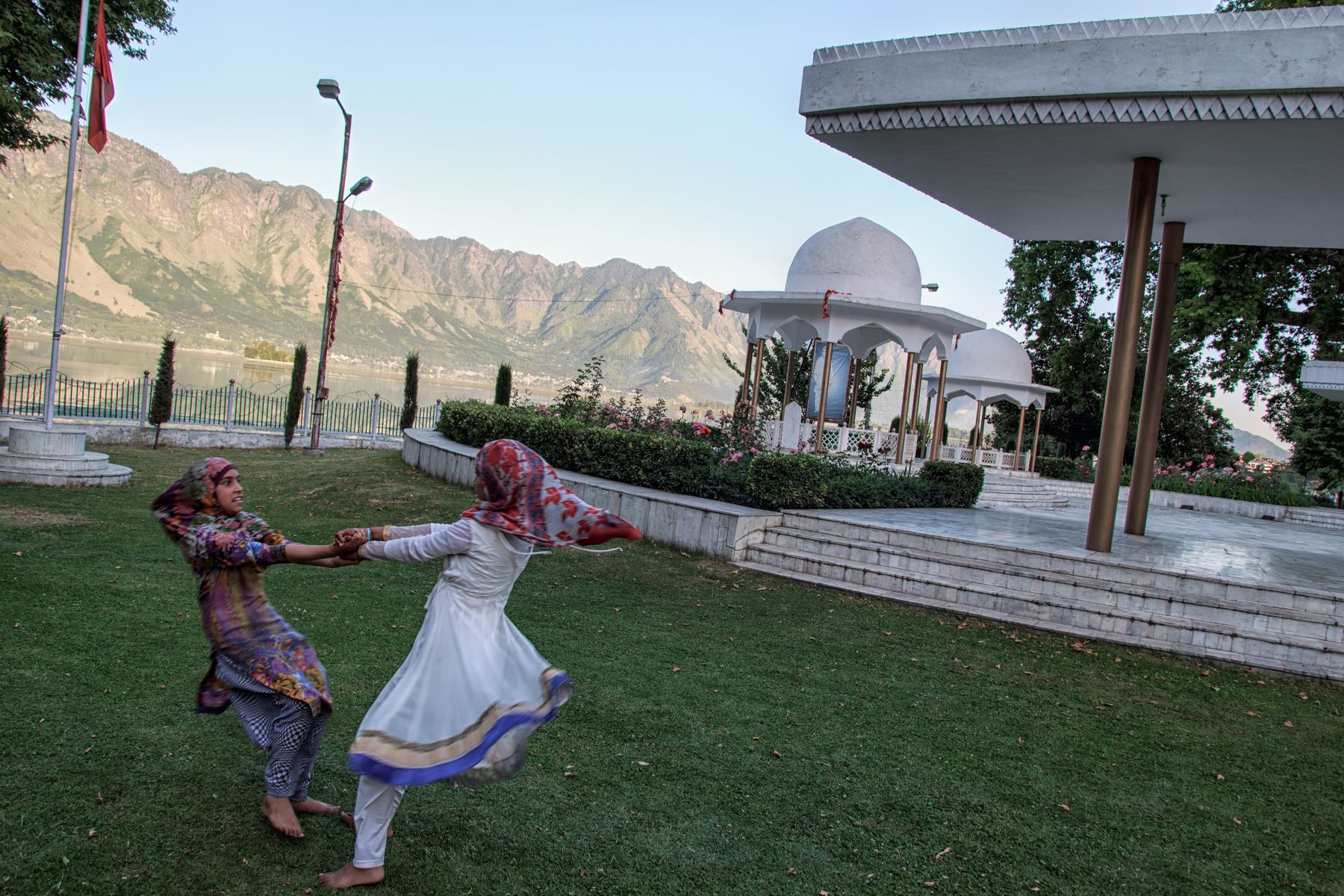Kabristan, meaning graveyard in Urdu, is an attempt to represent the paralysed potential of Kashmir's conflict, the mixture of anthropological and ideological elements apparently static like tombs, but ready to explode into a new stage of violence. The project, based on along term ethnographic PhD research, was developed in Srinagar, the valley's main city and the core of the Kashmir's political history, and it blends different aspects of the relation between people and the pressure of the past, primarily perceived as a deadly atmosphere which intertwines with inner and outer landscapes.









Since 1947 Kashmir's region has been at the core of a controversial dispute between India and Pakistan, who fought three wars over it in 1947, 1965 and 1999. Moreover, since 1989, an anti-Indian guerilla warfare has erupted in the Indian side of the territory. The separatist insurgency, massively supported by the Muslim majority population, was fuelled by Pakistani army, and deeply rooted in Islamic political ideologies, formally covered by the slogan “Azadi”, meaning freedom in Urdu. The guerilla warfare in the long term was brutally crushed by Indian army, and, after 2001, the Azadi movement witnessed a widespread downfall and a general disappointment towards separatist politics.
In 2016 things again radically changed when Burhan Wani, a charismatic guerrilla leader, was killed by Indian soldiers, generating a massive agitation all over the valley. Due to the widespread frustration, in the following years, more and more youth from different social background joined militancy, while orthodox Islamic ideologies, mostly linked to Salafia, have started to overcome the traditional Sufi tradition of the valley.
Kabristan, meaning graveyard in Urdu, is an attempt to represent this paralysed potential, this mixture of anthropological ingredients ready to explode into a new massive stage of violence. The project, based on a long term ethnographic research was developed in Srinagar, the valley's main city, and it blends different aspects of the relation between people and the pressure of the past, primarily perceived as a deadly atmosphere which intertwines with inner and outer landscapes. It is mainly the calm preceding a predictable storm that I tried to portray throughout a series of visual gravestones, differently balanced in their aesthetic and metaphorical composition, just giving the impression of an intimate tension between the past and the future, grief and anger, introspection and violence, political utopia and bitter realities of the conflict.